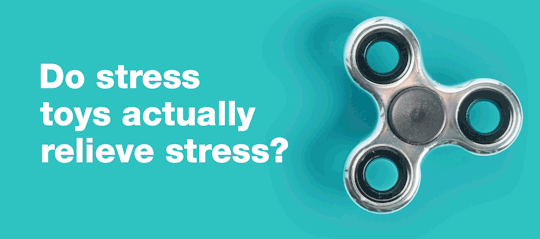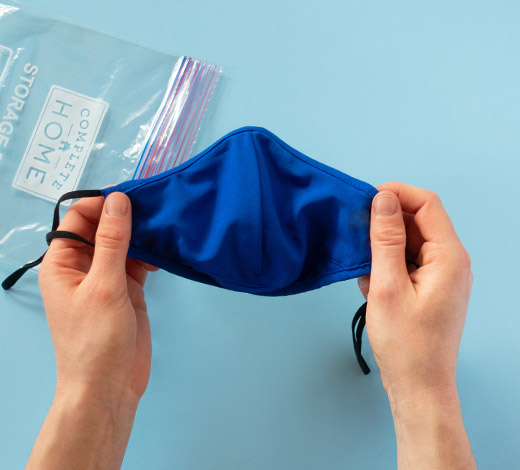
Do fidget spinners relieve stress?
Fidget spinners, stress balls and other handheld gadgets can come with claims that they help reduce stress and enhance focus. But can you really decrease your stress levels with the twirl of a widget or squeeze of a ball? The short answer is maybe. The longer answer is more complicated than that. Here’s what science has to say about fidget contraptions and stress relief.
Is relief in the palm of your hand?
Some fidget spinner manufacturers say that their product can help relieve stress and anxiety or manage symptoms of attention deficit hyperactivity disorder (ADHD). And for years, therapists treating kids with ADHD have applied tools similar to fidget spinners to help the child focus. But ask just about any parent or teacher, and they’ll say fidget spinners don’t seem to help kids calm down. In fact, many schools have banned these items in part because they’re so distracting.
What does the research say?
While therapists may say giving a child with ADHD something to occupy their hands, such as a handheld gadget, can help improve focus, there’s only limited research that indirectly backs this theory up. A small 2015 study found that teens with ADHD performed better on tasks when they physically moved. But even if movement may increase focus in people with ADHD, there just isn’t enough research on fidget tools to know if playing with them yield the same benefits as physical movement. What’s more, movement didn’t help performance in the control group, which was made up of children without ADHD. So, based on this study, fidgeting probably wouldn’t help performance in the general population.
There also isn’t any research at this time that links fidget spinners with reduced stress. Nor is there any scientific evidence that shows using stress balls helps ease stress. But it’s easier to understand why some people reach for a stress ball when they feel on edge—during times of stress, we can physically clench our bodies without knowing it. Squeezing a ball over and over may help release tense energy, possibly helping someone relax. However, even if using a stress ball helps to take the edge off in a tense moment, it likely won’t do anything to help long-term stress.
The tried and true way to ease stress?
Physical movement is linked with reduced stress, but you’re going to have to move more than just your fingers if you want results. Instead? Exercise! It’s well known that regular aerobic activity, the kind that gets your heart pumping, can help you sleep better, reduce tension and boost your mood. Aim to be active for at least 30 minutes, five or more days per week—but keep in mind that any activity is better than none at all. Even moving for 5–10 minutes may help lessen stress.
The next time you feel stressed, moving around a fidget spinner, stress ball or other object might help release some of those tense feelings. But it’s also unlikely to have a lasting, positive effect on your stress levels until you get your entire body movin’, too.
Sources:
https://www.ncbi.nlm.nih.gov/pubmed/?term=fidget+spinners+stress
https://www.sciencenewsforstudents.org/article/are-fidget-spinners-tools-or-toys
http://www.aspergerssociety.org/autism-treatment-101-fidget-toys-107/
https://www.huffingtonpost.com/2013/04/09/stress-relief-tools-old-fashioned-remedies_n_3022241.html
https://www.cdc.gov/physicalactivity/basics/adults/index.htm
https://www.sciencedirect.com/science/article/pii/S2213158215000996?via%3Dihub


